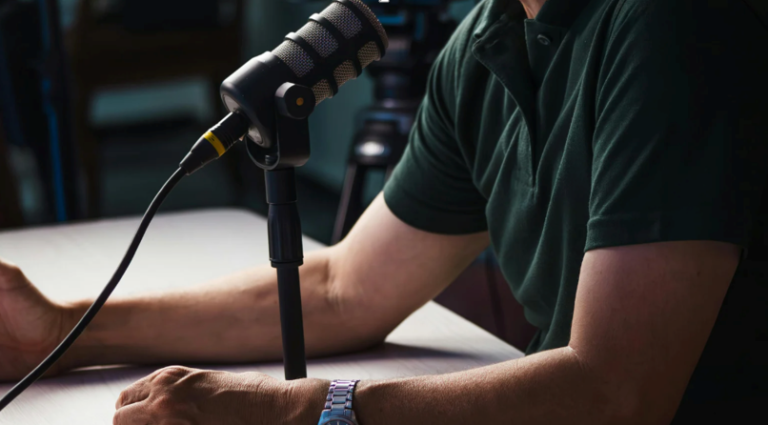The Future of Line Marking: Innovations in Striping Machine Features
Precision in line marking has become essential across a wide range of industries. From sports fields and parking lots to warehouses and roadways, clean, durable lines contribute to safety, navigation, and professional appearance. At the forefront of this demand are modern striping machines, which have evolved dramatically in terms of design, performance, and functionality.
Today’s models offer advanced features that improve control, reduce waste, and boost overall productivity. These innovations are transforming how professionals approach marking tasks in both small-scale and large-scale projects.
Intelligent Controls and Adaptability
The latest striping machines are equipped with smart controls that help operators fine-tune output and maintain consistency. Digital pressure regulators, GPS-guided tracking, and programmable settings ensure uniform application regardless of terrain. Some machines also include Bluetooth connectivity for monitoring performance and maintenance.
Understanding how to choose the right paint striping machine is essential when selecting equipment that suits the specific needs of a project. Factors like surface type, frequency of use, and paint material all influence what features will deliver the most value. Machines that offer adjustable nozzles and variable speed settings give contractors the flexibility to handle different applications with ease.
See also: 5 Benefits of Biotech Skids for Manufacturing
Precision Application and Material Efficiency
Modern spray systems have significantly reduced overspray while improving line definition. High-efficiency nozzles apply paint more accurately, leading to cleaner lines and less product waste. Some machines even support dual-spray capabilities, allowing operators to stripe and stencil simultaneously.
With the growing emphasis on sustainability and cost control, this level of application precision is more than just a performance upgrade, it’s a bottom-line advantage. Efficient use of materials reduces cleanup, shortens project timelines, and enhances long-term durability of the lines themselves. As demand for crisp, highly visible markings grows, machine technology continues to push the standard forward.
Ergonomics, Design, and Field Appearance
Beyond application systems, the physical design of striping machines has also improved. Lightweight, corrosion-resistant frames and larger pneumatic wheels help operators navigate uneven or rugged terrain more comfortably. Ergonomic handles and anti-vibration features reduce fatigue and support better control during extended use.
These enhancements directly contribute to the final quality of the work, particularly in settings where appearance is critical. In sports complexes and recreational fields, clear, symmetrical lines are part of the overall presentation. The enhanced role of striping machines in sports field aesthetics reflects how essential clean, professional markings have become in public and private venues alike.
Conclusion
Striping machines have evolved into more than just paint applicators, they are now precision instruments engineered to meet high-performance standards across industries. With innovations in control systems, spray application, and ergonomic design, these machines empower professionals to work faster, more accurately, and with greater confidence.
As expectations for visual clarity and long-term durability continue to rise, the role of advanced equipment becomes even more critical. Investing in the right striping machine is not just a matter of convenience, it’s a strategic decision that impacts project quality, cost-efficiency, and client satisfaction. Moving forward, continued innovation in this field will set new benchmarks for what’s possible in surface marking.






